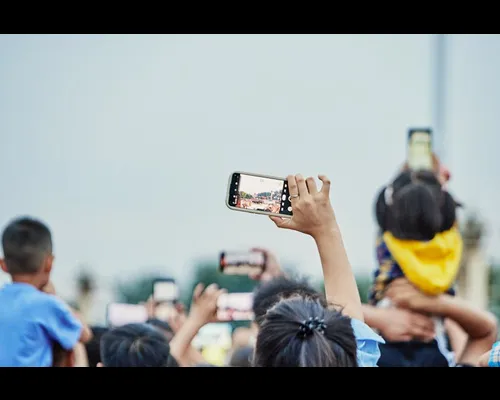What is Sora and How Does It Work?
Imagine typing a simple sentence and, almost magically, watching it transform into a vivid video scene. Welcome to 2025, where OpenAI's Sora has emerged as the leading text-to-video generator. Sora enables creators to produce 20-second high-definition videos through natural language prompts, offering an innovative tool for marketers, educators, and storytellers. But what sets Sora apart? It's the dynamic scene adaptation feature that automatically adjusts lighting, camera angles, and character positioning based on the semantic analysis of your input text.
Why Does Real-Time Scene Adaptation Matter?
One might wonder, why bother with real-time scene adaptation? Let's address that. Traditional video editing can be a painstaking process, often requiring hours to get the perfect shot. With Sora, this becomes a seamless experience. For instance, a marketer can effortlessly depict a sunny beach scene for a travel agency commercial, while educators might use Sora to create vivid historical re-enactments. This ability to adjust visual elements dynamically based on text input not only saves time but also elevates content engagement.
How Is Sora Changing Content Creation?
Sora's impact on content creation is undeniable. Consider this: in a recent case study, a company using Sora for its marketing campaigns saw a 35% increase in audience engagement. The tool's intuitive design allows even those with no video editing skills to produce professional-quality videos. It bridges the gap between imagination and reality, making it possible for anyone to convey their vision more effectively. Whether you're crafting a short ad or an educational snippet, Sora's dynamic capabilities make your content more compelling.

What’s Next for Sora?
As AI continues to evolve, so does Sora. OpenAI plans to integrate even more advanced features, such as emotional tone adaptation and interactive storytelling capabilities, allowing users to create content that resonates on a deeper level. The future looks bright for this technology, promising to push the boundaries of creativity and innovation. For content creators, embracing tools like Sora isn't just an option; it’s becoming an essential part of staying competitive in the digital age.
